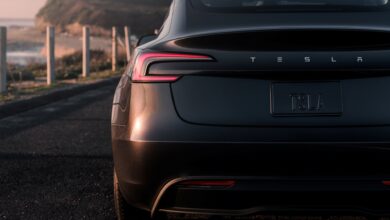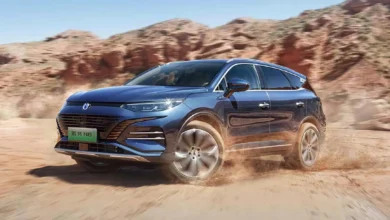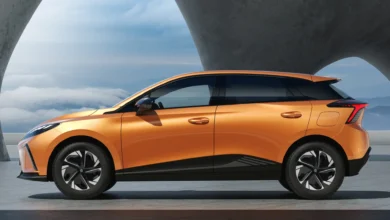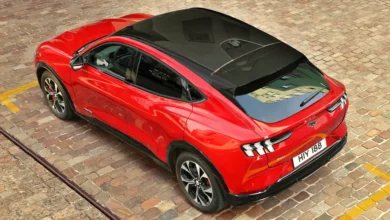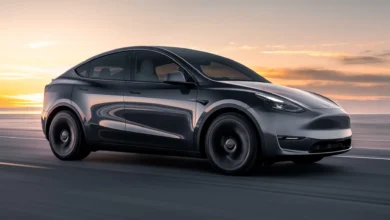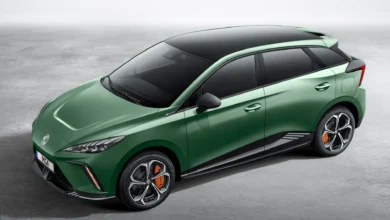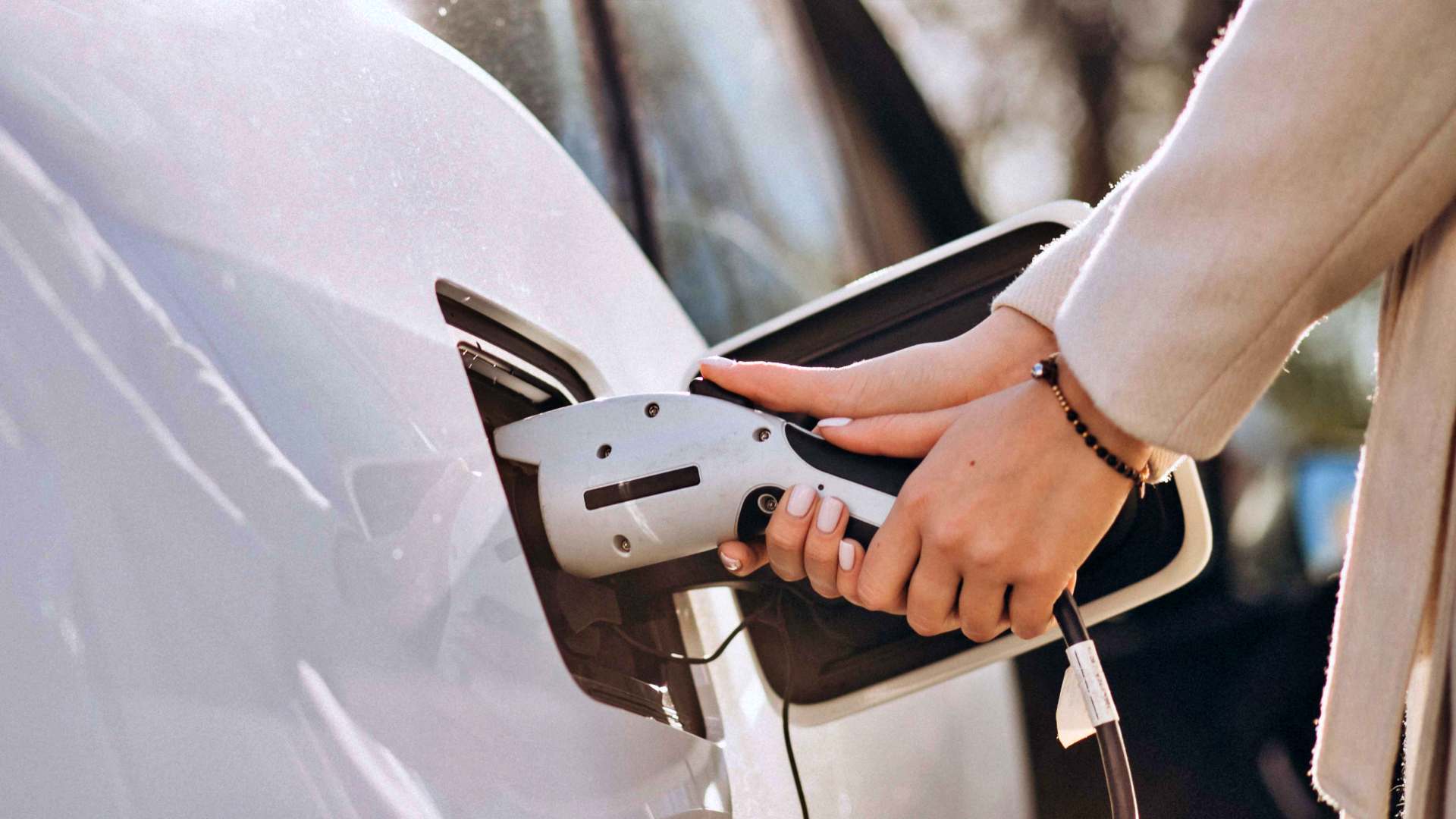
In our list of practical tips for first-time users of an electric car, we made a compilation of things to take into account when using an electric car, such as the different types of charging that exist or vehicle maintenance, among others. Now we are going to break down some terms, concepts, and considerations to take into account that may be new or little known to those who are not familiar with the electric car and its terminology.
And it is that we must take into account one thing: until not long ago, those who dared to buy an electric car were generally great connoisseurs of this technology. But the growing popularity of this type of vehicle means that among its potential customers there is also a growing number of first-time users.
In addition, the legislation that will give definitive support to ‘zero emission’ vehicles is now being prepared. The European Union now has to discuss and approve the Euro 7 regulations, relating to polluting emissions from new vehicles sold on our continent. If the proposal goes ahead, cars with combustion engines will be sentenced to death in 2035.
What is the difference between kW and kWh? How long does it take to charge the battery? Is slow or fast charging better? How do I know if an electric car consumes a lot or a little? We are going to try to solve these questions and some more.
Range
In addition to price, range is perhaps the most recurring issue when evaluating an electric car. Range is directly related to battery capacity, although other factors such as drive efficiency, vehicle aerodynamics, driving style, ambient temperature, etc. also come into play. It must be borne in mind that range is less in winter, although if the car in question is equipped with a heat pump, the difference will be less.
Range is often thought of as if we were going on long journeys every day. And we all have a neighbor or family member who does 300 kilometers a day, but the truth is that the vast majority of people do not do more than 50 kilometers a day. Calculating how many kilometers you drive daily and how often you travel is important to choosing an electric car with sufficient range and not having range anxiety, but also not paying unnecessarily for one with more range and more expensive.
Battery capacity
The above leads us directly to talk about the capacity of the battery. Technically, the correct thing to do when referring to battery capacities is to talk about ampere hours (Ah) and voltage (V). However, the most common and what we all generally use is the kilowatt hour, abbreviated as kWh. The more kWh, the bigger the battery.
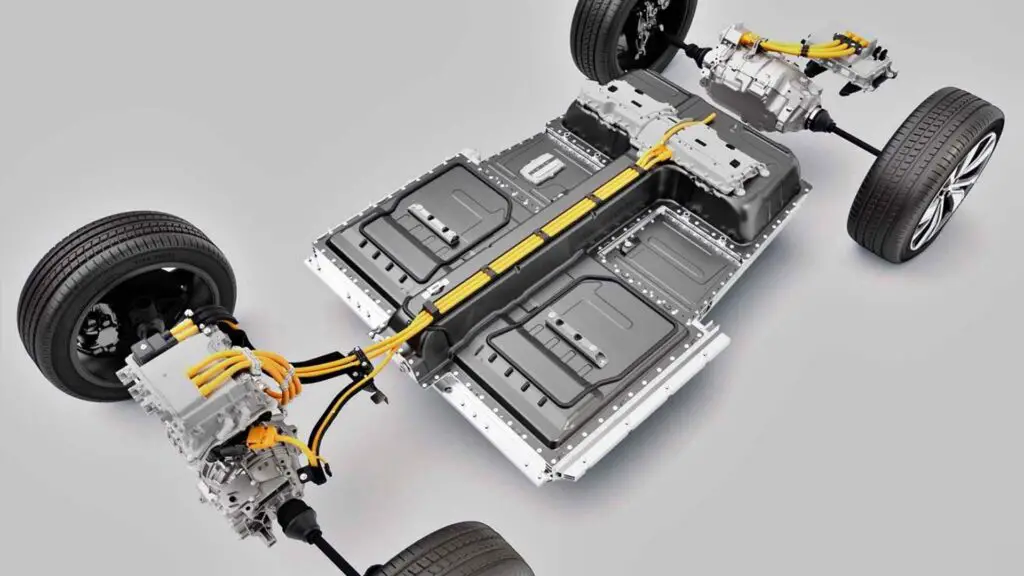
Small electric cars like the Dacia Spring or the FIAT 500 e have batteries of between 20 and 30 kWh capacity. Midsize ones like the Tesla Model 3 have batteries between 60 and 75 kWh. And the electric ones with the biggest batteries have 90 kWh of capacity or more. As a curiosity, the Mercedes EQS is currently the electric car with the largest battery for sale in our country: 107.8 kWh.
Difference Between kW and kWh
If we have traditionally talked about horsepower and liters per 100 km, now we have to start talking about kilowatts and kilowatt hours. Both terms can be confusing at first, but their differentiation is clear. The kilowatt (kW) is a unit of power and is used to talk about the power of the car (also recharging, as we will see later). 1 kW is equivalent to 1.36 hp, so a 100 kW electric car will have 136 horsepower.
The kilowatt hour (kWh) is a unit of energy and is used to talk about the capacity of the battery and the consumption of the car. Making an analogy, the kWh in electric is the liters of fuel in a car with a thermal engine.
Consumption of an electric car. How do I know if it is a lot or a little?
The consumption of an electric car is measured in kWh per 100 kilometers (although some cars indicate it in Wh per kilometer). There are cars with good range because they have huge batteries. Others do very good energy management, they are very efficient, like the Hyundai Kona Electric or the Tesla Model 3. What is considered good consumption?
A real consumption equal to or less than 17-18 kWh/100 km on the highway (at 120 km/h) is considered very good. In the city, much more factors influence such as the driving style of each one and the weight of the vehicle, but an average consumption of about 15-16 kWh per 100 km for an average electric vehicle can be considered low/very good. The most efficient models are capable of lowering that figure.
On the opposite side, consumption of 24-25 kWh/100 km and over can be considered excessively high. It must also be taken into account that all-electric cars consume more in winter since the cold affects the good performance of the batteries.
Can I charge my electric car in a normal socket?
The quick answer is yes. There are chargers for electric cars with the conventional plug of any electrical appliance (Schuko-type plug) but the charge is much slower. Slow. Assuming the car battery has a 60 kWh capacity, fully charging it from a “normal” home outlet can take more than 20 hours. In addition to being impractical, charging for so many hours in a row can cause the plug to overheat. It has another disadvantage: with a Schuko there is no time to charge the battery in the cheapest time slots, therefore the charge will be more expensive.
So the most correct answer is: yes, it can be charged in a normal socket but it is not recommended. The most logical and reasonable thing is to use a wall charger ( wall box ) to charge the car at home safely and in a shorter time. In addition, the most advanced wall chargers have full connectivity with the mobile phone and the home WiFi network to know the state of the charge at all times.
Charging power
An electric car can be charged with alternating current or direct current. In a very simplified way, in alternating current (such as domestic) it will be slow charging, while fast charges are made in direct current. Charging power is measured in kilowatts (kW) and is used to quantify at a glance how fast an electric car can charge. The higher the charge power (kW) figure, the faster the battery charges. Although you have to qualify.
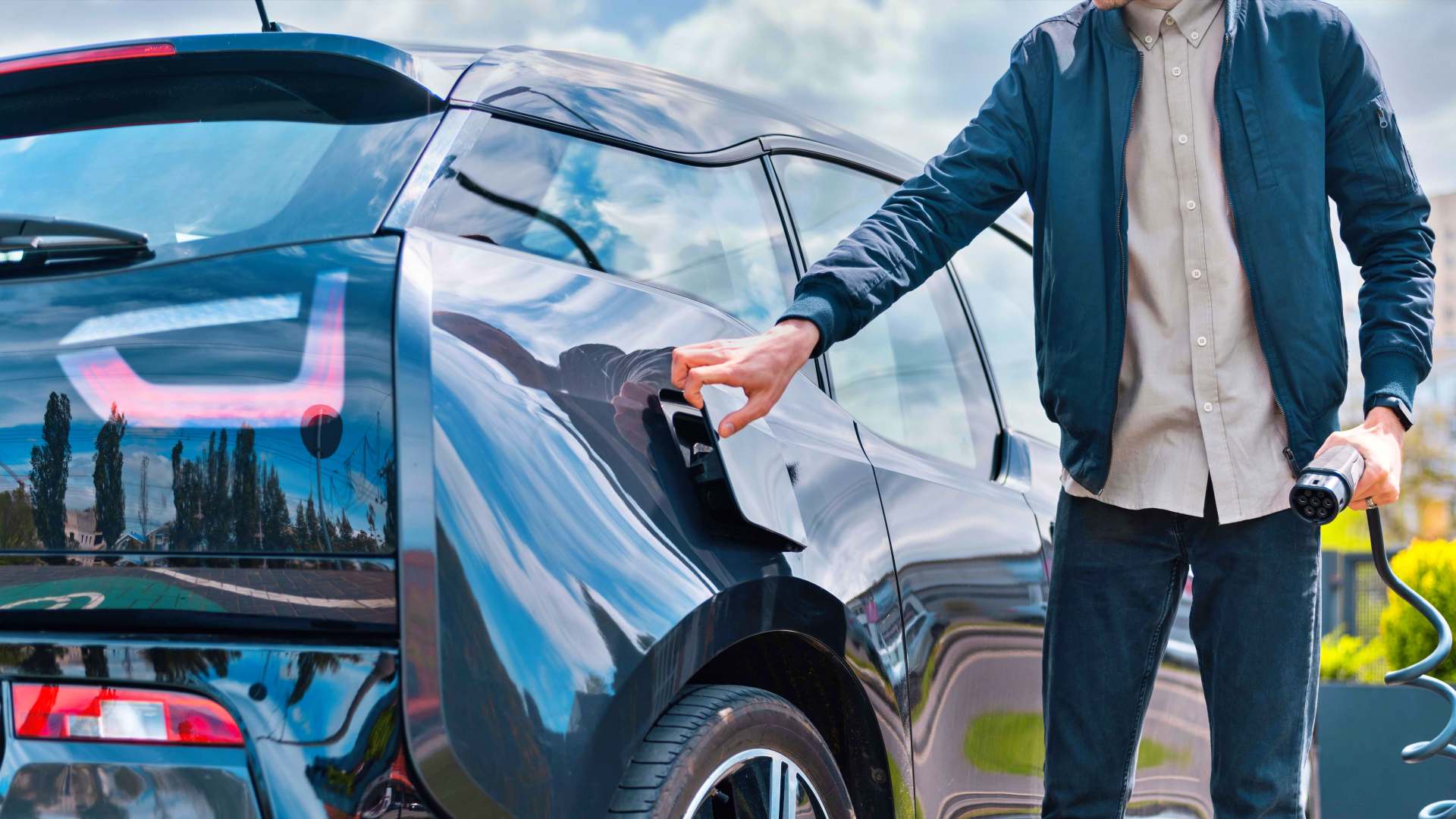
The maximum charging power is used to get an idea of the maximum potential of the car, but this power is not maintained during the entire recharge. Let’s imagine an electric car that has fast charging at 150 kW; when conditions permit, it will reach a maximum of 150 kW of power but only for a few minutes. It is what is called the load curve: when we plug in the car, the power begins to rise until it reaches its peak; minutes later, as it continues to charge the battery, the power gradually decreases to preserve the health of the battery.
If it is recharged at home (single-phase alternating current), the maximum charging power is normally 7.4 kW, although it may vary depending on the contracted power or if we set an amperage limit in the car or the charger, for example. . A full charge at home requires several hours, while in a public fast charger we can charge from 10% to 80% in a few minutes (in both cases it will depend on the car and the power of the charger).
Saving an electric car comes from charging it at home
Using an electric car can mean very significant savings compared to a similar diesel or gasoline car. But to get the most out of this savings advantage, you have to charge it at home. Public recharges, with some exceptions, are expensive and it is advisable to use them only at specific times.
Currently, many energy companies offer specific rates for users of electric cars, with hourly discrimination and lower prices in certain slots (usually at dawn). The cheapest plans offer a price starting at €0.032/kWh, with which charging a medium-sized battery (50 kWh) would cost around €1.60.
Cost of installing a charging point at home
We have already seen that to get the most out of the savings of using an electric car, the ideal is to charge it at home. And we have also mentioned that the most convenient and safest is to install a domestic charging point or wall box. But here we cannot speak of specific prices but of indicative values.

The price of installing a charging point at home varies greatly depending on factors such as the chosen charger and its power, the meters of cable needed, and the labor required. Based on all this, the total cost (charger plus installation) can range between 1,000 and 2,000 euros on average and can exceed 2,000 euros in the most complex installations. In any case, it is advisable to ask for several estimates. The positive part is that there are subsidies for the installation. The MOVES III Plan contemplates aid of up to 70% of the total cost of installing the charging point (up to 80% in municipalities with less than 5,000 inhabitants).
Are all electric cars automatic?
Yes. Although some manufacturers have experimentally made prototypes with a manual gearbox, all-electric cars sold on the market have an automatic gearbox. They do not have a conventional automatic transmission, but their operation for the driver is the same: you only have to choose between forward gear (D), neutral (N), reverse gear (R), or parking (P).
You can drive most of the time using only one pedal
You already know that all-electric cars have only two pedals. But they have a particularity that can be a bit strange at first, even if your previous car was automatic. And it is that practically all-electric cars have an energy recovery function that brakes or holds the car when you lift your foot off the accelerator, without stepping on the brake pedal. Once you get used to it, you can drive using only the accelerator pedal in many circumstances and use the brake pedal only when you need to stop the car quickly.
The retention level depends on each car. Normally you can choose between several levels, more intense or softer. Every time the car brakes in this way, the battery is recharged.
Battery degradation
This is one of the least beautiful parts of an electric car. Batteries degrade over time and kilometers, although there is good news: there are ways to contain it. The best way to preserve the good health of the battery in the long term is to charge the electric car at home at low power and, whenever possible, keep the battery between 20% and 80%. Neither rush it too much nor load it to the fullest.
Manufacturers usually offer some guarantee for battery degradation. Most of them guarantee that in 7-8 years or 160,000 km, the battery will maintain at least 70% of its original capacity. However, making good use of recharges, the degradation can be very small, as shown by this Dacia Spring or this Tesla Model 3.
